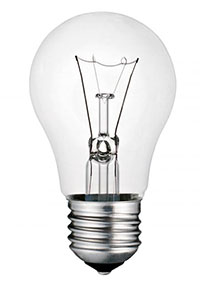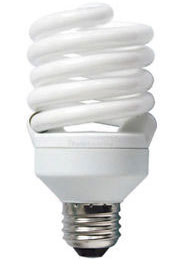Uses of Noble Gases
Due to unreactive nature, low density and non-flammability of noble gases, they have a variety of uses listed below:
Helium
 The low density of helium is made use of in filling airships and balloons. Helium is much less dense than air (lighter) and used in filling weather balloons, airships and decorative balloons. Hydrogen was once used to fill airships and balloons but its high reactivity made it dangerous.
The low density of helium is made use of in filling airships and balloons. Helium is much less dense than air (lighter) and used in filling weather balloons, airships and decorative balloons. Hydrogen was once used to fill airships and balloons but its high reactivity made it dangerous.
The low boiling point of helium makes it a very useful coolant. Helium boils at -269°C which is only 4°C above the lowest temperature achievable in theory called absolute zero (-273°C). Helium is used to cool metals down to very low temperatures so that they lose their electrical resistance and become super-conductors. Body scanners such as the MRI (Magnetic Resonance Imaging) used in hospitals have superconducting wire in their coils so that they can conduct large electric currents in order to produce intense magnetic fields. Helium is used to cool the conducting coils down to very low temperatures so that they can display superconducting properties.
Because helium is unreactive, it is used to provide an inert protective atmosphere in the manufacture of fibre optics and semi conductors.
Neon
 Neon is used in advertising signs also known as neon-signs. Neon glows a reddish orange colour when electricity is passed through it in a vacuum discharge tube. Only red signs contain pure neon. Other signs contain different gases and a chemical coating on the inside of the glass tubing of the lights.
Neon is used in advertising signs also known as neon-signs. Neon glows a reddish orange colour when electricity is passed through it in a vacuum discharge tube. Only red signs contain pure neon. Other signs contain different gases and a chemical coating on the inside of the glass tubing of the lights.
Argon
 Argon is used to provide an inert protective atmosphere in the production of titanium and other reactive elements. It is also used to provide an inert protective shield around the hot metal when welding.
Argon is used to provide an inert protective atmosphere in the production of titanium and other reactive elements. It is also used to provide an inert protective shield around the hot metal when welding.
Argon is used in incandescent light bulbs instead of air as it will not react with the tungsten filament even when it is white hot.
Low energy light bulbs and fluorescent tubes often contain argon gas and mercury. When an electric current passes through the gas it generates ultra-violet light. A coating on the inside surface of the tube or bulb is activated by the ultra-violet light causing it to glow brightly.
Argon is also used to fill the space between the panes in double glazed windows.
Krypton
 Like argon, krypton is used commercially to fill energy saving fluorescent lights.
Like argon, krypton is used commercially to fill energy saving fluorescent lights.
Krypton is reactive enough to react with fluorine to produce krypton fluoride. Krypton fluoride is used in lasers for the manufacture of semiconductors and integrated circuit boards.
Krypton lasers are used by surgeons to treat certain eye problems and to remove birthmarks.
